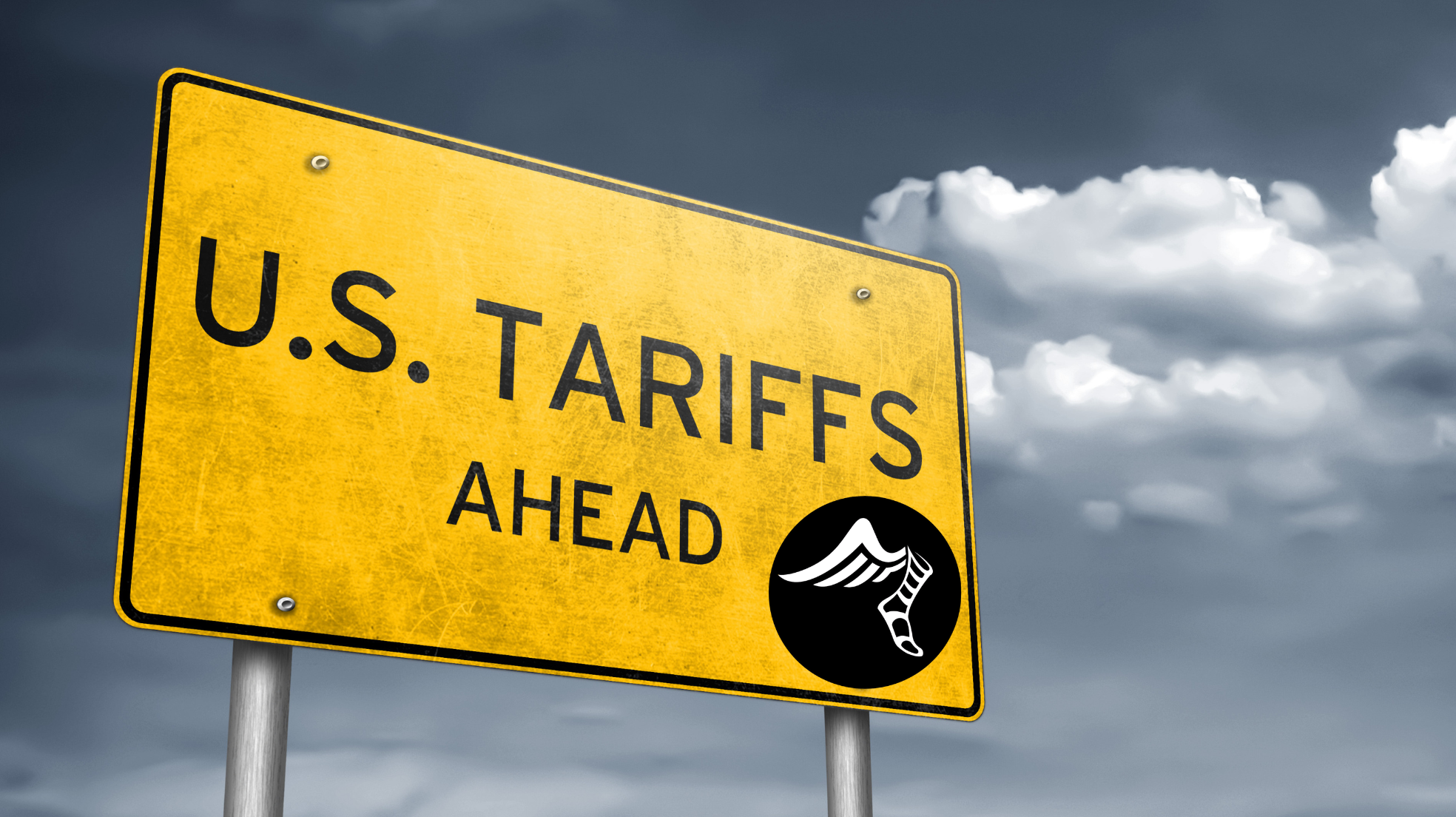As of April 13, 2025
The U.S. trade environment has entered a new era with tariffs shifting on a nearly daily basis. As an e-commerce business owner, it’s essential to understand how these changes might affect your costs, pricing strategies, and supply chain. Below, you’ll find a clear overview of the current tariff landscape and some practical tips on how to manage the uncertainties—along with a subtle reminder that even the most perplexing trade policies can have a lasting impact.
The Current U.S. Tariff Landscape
Universal Baseline Tariff
- 10% Flat Rate:
Nearly all goods imported into the U.S. now incur a baseline tariff of 10%. This applies uniformly to imports unless a product falls under a specific reciprocal tariff category.
Reciprocal Tariffs on Specific Trading Partners
These are additional rates imposed on imports from countries that are viewed as engaging in non-reciprocal or unfair trade practices:
- China – Up to 145%*
- Vietnam – Approximately 46%
- European Union – Generally 10% baseline; certain categories up to 20%
- Japan – Around 24%
- South Korea – Approximately 25%
- Canada & Mexico – Generally at 10% (subject to trade agreements like USMCA)
- Other Regions – Varies – most imports default to 10%
* For China, existing tariffs and additional reciprocal measures combine to create a much higher effective rate on certain products.
Key Points
- Flexibility and Change:
Tariff rates can change quickly due to ongoing negotiations and policy adjustments. What applies today might be revised tomorrow. - Exemptions and Special Cases:
Certain product categories, such as electronics, pharmaceuticals, and commodities like copper, may have exemptions or lower rates. Always verify the specific rates for your products.
What This Means for Your E-Commerce Business
1. Cost and Pricing Management
Tariffs directly raise import costs. These added expenses often get passed on to consumers, meaning you may see price adjustments on your products.
Action Step:
- Regularly monitor tariff changes and adjust your pricing models. Consider using tariff-tracking software to receive real-time updates.
2. Financial and Inventory Strategies
Prepare your financial plans to absorb potential cost shocks. Using dynamic pricing models and robust inventory management practices can help cushion against tariff-induced cost fluctuations.
Action Step:
- Work with financial advisors to create flexible budgets that account for variable import costs.
3. Transparent Communication with Customers
When costs rise, clear communication can maintain customer trust. Explain that some price increases are due to factors beyond your control, namely, shifting government policies.
Action Step:
- Use email newsletters, FAQs, and social media to keep customers informed about why prices might change.
A Reflection on the Policy Approach by our CEO
“While the intent behind these tariffs is to level the trading field, their implementation has been notably unpredictable. One might say that the tariff policy seems more reminiscent of a bygone era than a forward-thinking economic strategy.”
This isn’t about taking sides, it’s simply a reminder that when trade policies become excessively complex or erratic, all market players ultimately pay the price in terms of higher costs and increased uncertainty, and not only the market players, but the consumers as well. This isn’t about politics, it’s a simple reminder that when trade policy becomes overly complex or erratic, the ripple effects hit everyone: manufacturers, retailers, and yes, consumers too. Something the current reigning government clearly hasn’t given much thought.
You can read more HermesLines blogs here.
If you need 3PL services for your e-commerce store, HermesLines is here to help. Check our prices here.
HermesLines is fully transparent when it comes to pricing, so you don’t have to worry about hidden costs.

